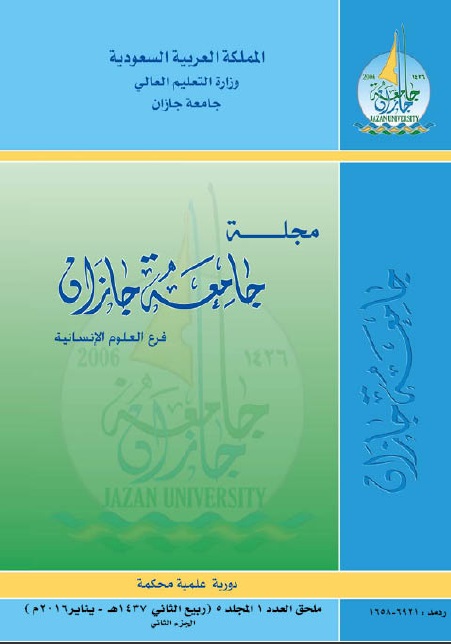The Lexicon of "Bael" in the Ancient Language Books
Abstract
The researcher aimed in this study to read the lexicon Bael and to track the semantics of this lexicon in ancient languge books. In doing so, the researcher tracked this lexicon in language dictionaries, in the Holy Quran and in the ancient Arab poetry, starting from the old books to the contemporary ones. The researcher used a set of evidences to confirm the conclusions of the study in his attempt to elicit the study of semantics from the outer approaches of language, and to make this study observable and objectively analyzed. The researcher depended on the linguistic context. for the lexicon. This includes the form of lexicon within the sentence in the syntagmatic relation in the different types such as the constant structures, and the prepared phrases and al linking two or more word in a specific contest such as name and letter, the addition and the additive. Nonetheless, the researcher did not ignore the contest of situation within the contextual semantic theory as it is the outer frame for the actual production of speech in the language community. The study leaned on two approaches: the historical and contrastive while identifying the lexicon semantics in the Semitic languages, in addition to addressing the lexicon in the historical books. This included locating some examples for the me of this lexicon in other langruges (other than Arabic). The researcher concluded that it is beneficial to mention the names added to the lexicon Bael and to mention the structured names derived from Bael. The researcher noticed the close relationships in the use of Bae and Hubal in the various contexts and worked on identifying the close relationship between them
Downloads
Downloads
-
PDF (Arabic)
8
1
Published
Issue
Section
License
Copyright (c) 2024 CC Attribution 4.0

This work is licensed under a Creative Commons Attribution 4.0 International License.





